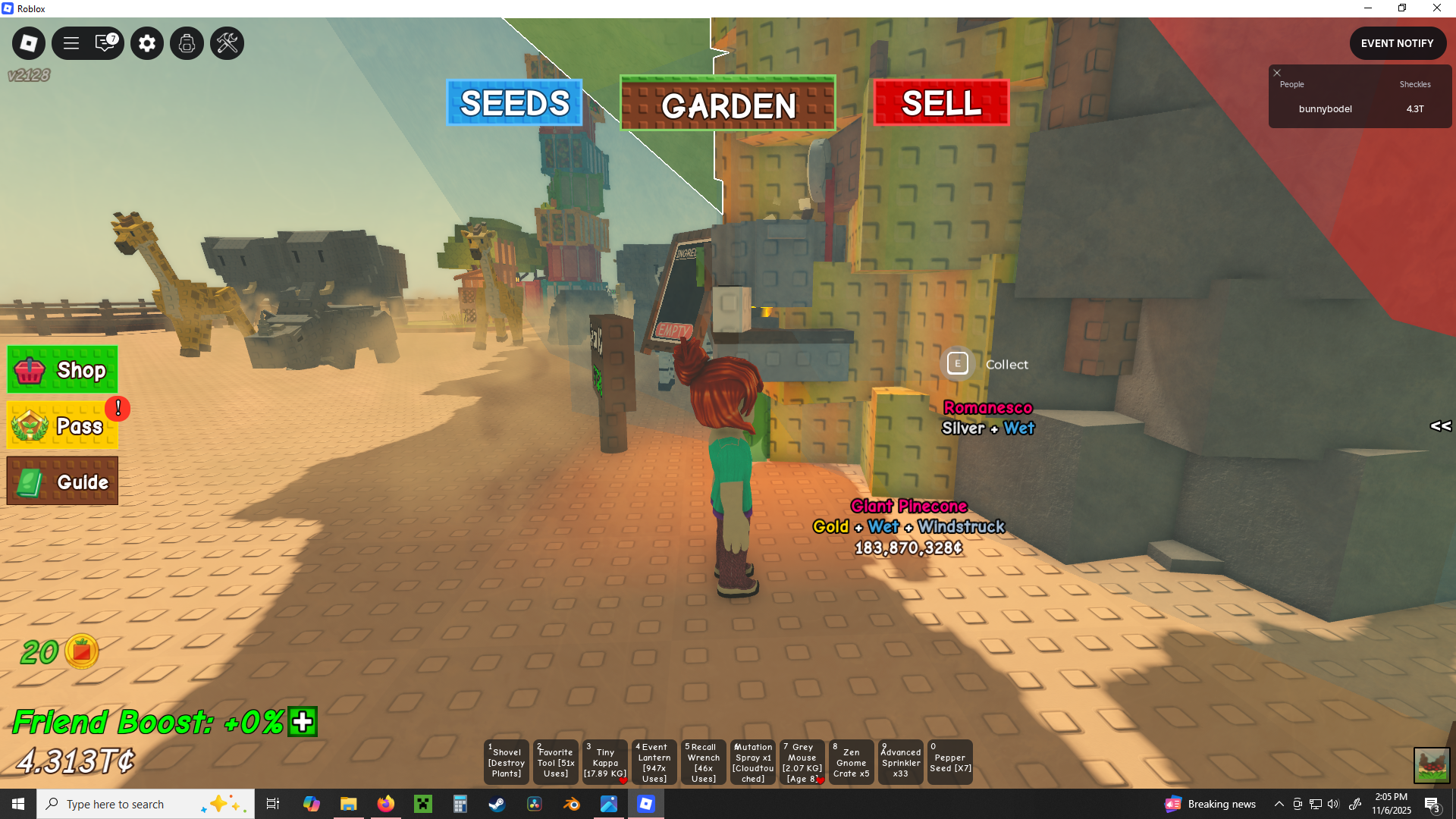AP World Unit 3 Vocab
1/38
Earn XP
Description and Tags
Name | Mastery | Learn | Test | Matching | Spaced |
|---|
No study sessions yet.
39 Terms
Ming Dynasty
Succeeding the Mongolian Yuan Dynasty, this dynasty sought to erase any sign that China used to be ruled by Mongols.
Manchu
An ethnicity from north of Ming China, they invaded and created the Qing Dynasty.
Qing Dynasty
A Manchurian dynasty of China, they created the modern borders of China through military conquest.
Emperor Qianlong
A Qing Emperor who was famous for his western military campaigns.
Gutenberg Printing Press
An invention in Europe that revolutionized literacy rates.
Gunpowder Empires
Land based empires that conquered large amounts of territory with the use of gunpowder.
Ottoman Empire
A Turkic Sunni Muslim empire that reigned for a very long time. (“the AP’s boyfriend” because it’s mentioned so much throughout the course)
Devshirme
Ottomans would enslave Christian boys from the Balkans, make them into eunuchs, and they could serve in the bureaucracy or the military (janissaries). They would also be converted to Islam. This made up most of the government and army.
Janissaries
Ottoman soldiers recruited through devshirme.
Safavid Empire
A Persian Shi’a Muslim empire.
Mughal Empire
A sunni Muslim empire in India.
Zamindars
A Mughal tax collector.
Taj Mahal
A huge Mughal mausoleum built by Shah Jahan for his wife.
Russian Empire
A slavic empire that practiced Eastern Orthodox Christianity.
Ivan IV
Russian tsar who had a grudge against the Boyars. He killed his only son in a fit of rage.
Tamerlane (Timur the Lame)
Invaded central asia and left an opening for turkic tribes to grow their empires.
Suleiman I
Sultan of the Ottoman empire at its peak, captured many lands
Ismail
Safavid military hero, helped them rise to power!
Shah Abbas I
Shah of the Safavid Empire at its peak.
Akbar
Helped the Mughal empire to prosperity and practiced religious tolerance.
Shah Jahan
Built the Taj Mahal for his wife.
Divine Right of Kings
Kings believed they were put in place by their religion and used it as a form of validation
Justices of the Peace
English judge settling minor disputes. Member of parliament.
English Bill of Rights
A bill that limits the power of English monarchs.
Intendants
A French administrative official with loyalty to the King. They collected taxes and administered justice.
Louis XIV
“The Sun King” of France, the most absolute ruler the world has ever known. He has a hatred against the nobility.
Versailles
De facto capital of France during the reign of Louis XIV. He moved his court there and built a huge elaborate palace.
Romanov Dynasty
A great Russian dynasty that ruled Russia until WW1. It stabilized Russia, was a bureaucracy, and included many powerful Russian tsars.
Boyars
The Russian nobility
Serfdom
Peasants bound to land, they lived on it and farmed it, and paid a large portion of what they farmed to the noble that owned that land.
Peter I (The Great)
Famous tsar of Russia. He westernized russia.

Daimyo
A Japanese feudal lord.
Edo
Ancient Tokyo
Tokugawa Shogunate
A Japanese shogunate that reorganized Japanese government into the feudal system. A period of great peace.
Protestant Reformation
Many broke off of the Roman Catholic Church during this time, forming their own branches of Christianity.
Thirty Years’ War
Huge conflict between Protestants and Catholics sparked this long war.
Martin Luther
A Christian Monk who didn’t like the Catholic church, and formed his own branch of Christianity. He nailed his complaints (95 Thesis) to the Church door and thus became excommunicated.
95 Thesis
Martin Luther’s list of complaints against the Catholic Church that he nailed to their door.
Sikhism
An Indian blend of Hinduism and Islam.